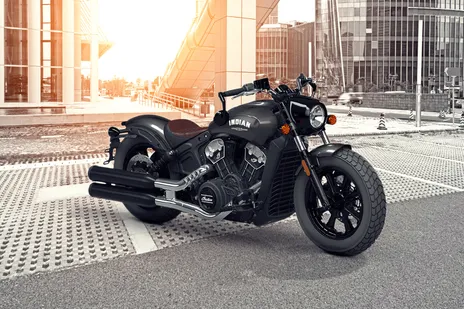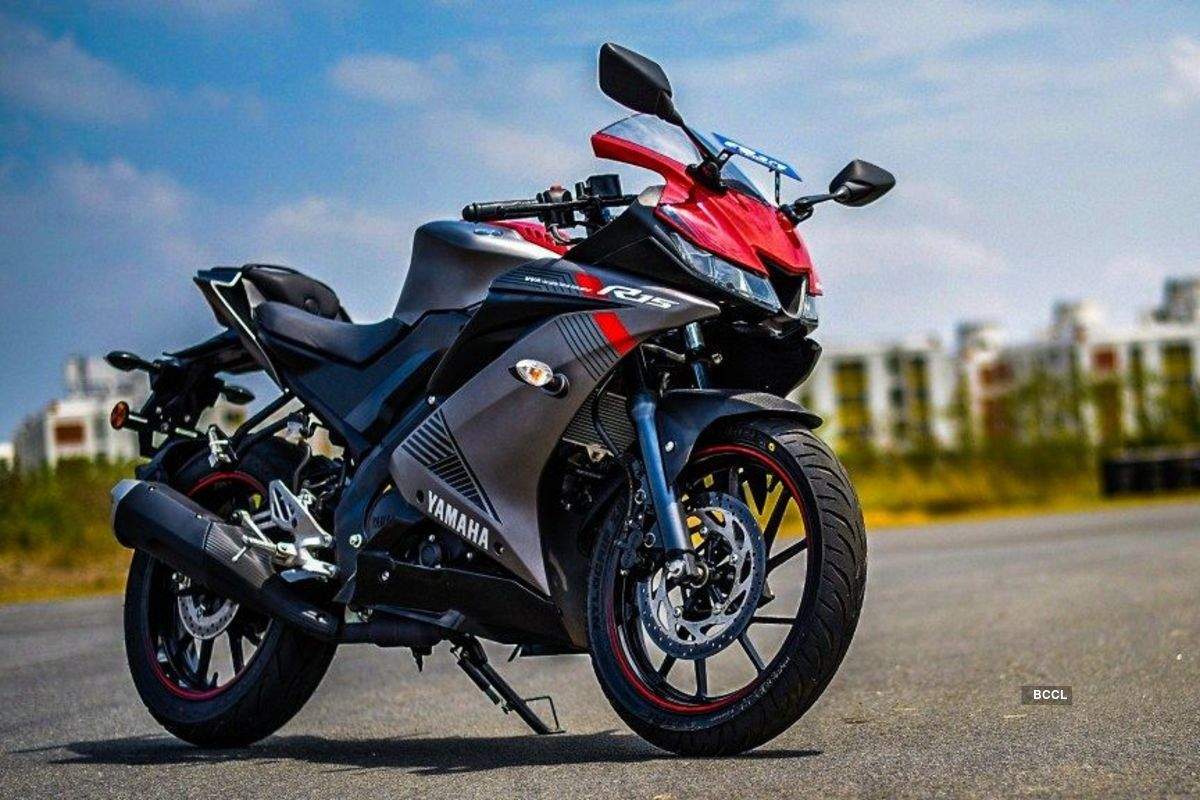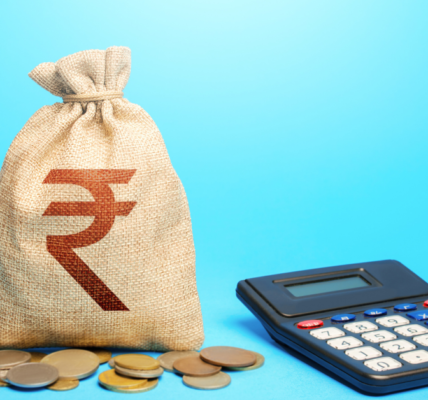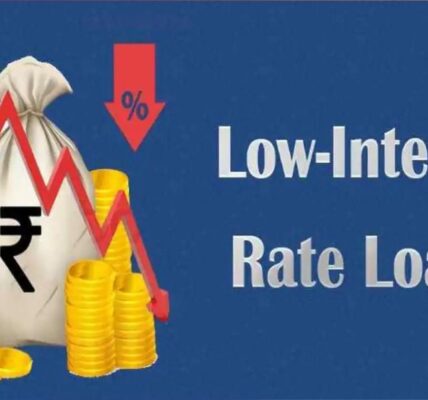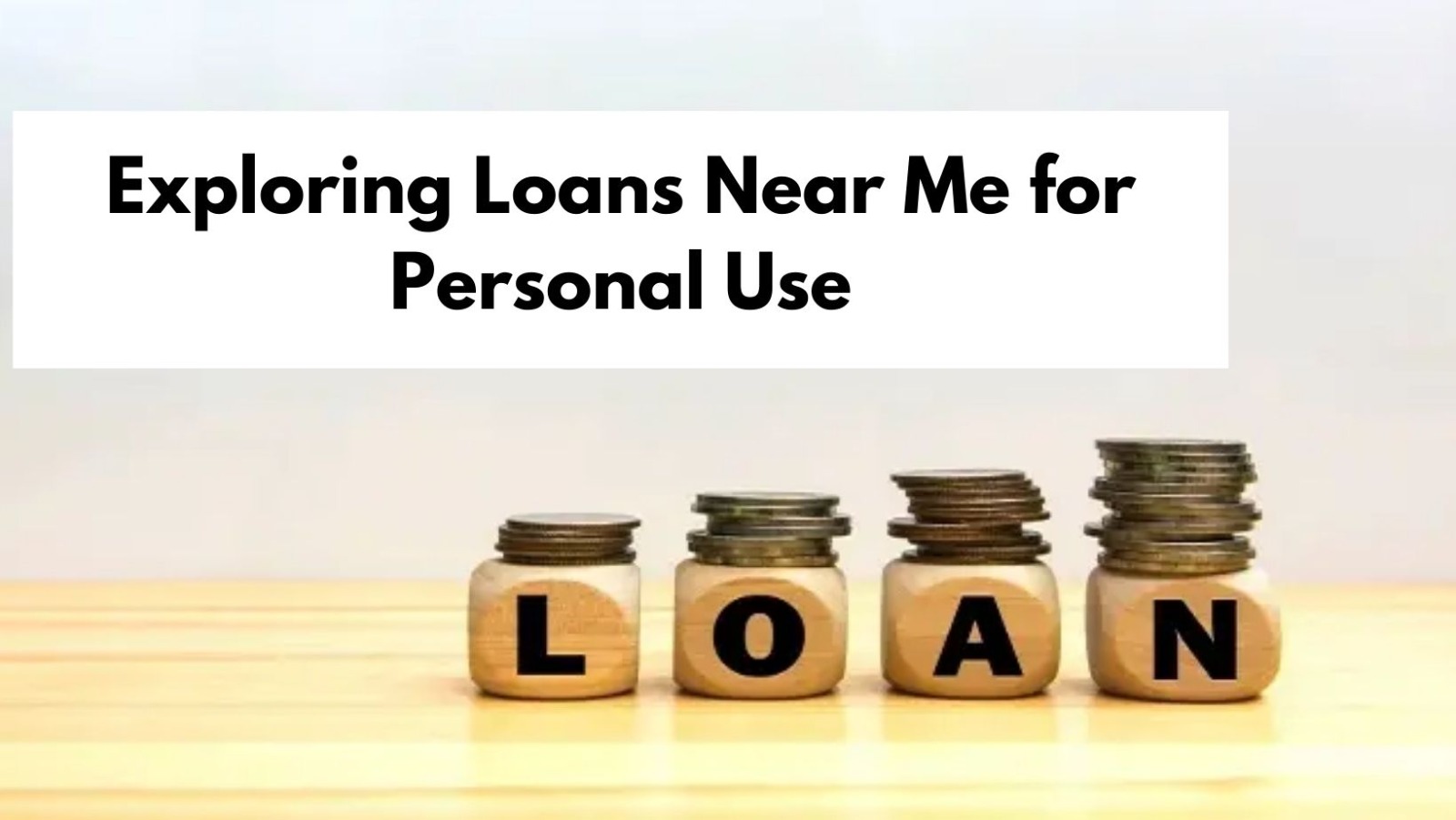How to Apply for Bike Finance Online in 2023
In our contemporary and fast-paced society, owning a motorcycle has evolved beyond being a luxury; it has become a necessity for students, professionals, and enthusiasts who relish the thrill of the open road. Motorcycles not only provide convenience but also enhance the joy of daily commuting. Nevertheless, the financial aspect, particularly for first-time buyers, can be substantial. This is where bike financing emerges as a crucial partner, allowing you to ride your dream bike without depleting your savings at once. In this comprehensive guide, we will lead you through the meticulous steps of applying for bike financing. From understanding the nuances of different bike loans to skillfully crafting your budget and selecting the ideal lender, we will equip you with the insights needed to make an informed decision. So, let’s rev up our engines and embark on this journey towards acquiring the bike you’ve been longing for.
Read more.. How to Apply New Car Loan Low Interest Rates
Read more.. How to Keep Your Online Banking Safe and Secure
How to Apply for Bike Finance Online in 2023
Chapter 1: Understanding Bike Finance
Before delving into the application process, it is essential to comprehend what bike finance entails and why it serves as an invaluable option for many.

Read more.. The Best Travel Rewards Credit Cards In 2023
Read more.. How to Apply for Bike/ Two Wheeler Loan with Interest Rate
1. What Is Bike Finance? Bike finance, commonly known as a motorcycle loan, is a financial agreement that enables individuals to obtain a two-wheeler by securing funds from a lending institution. In exchange, the borrower undertakes to reimburse the borrowed sum, typically with interest, within a specified timeframe. This approach simplifies the process of owning a bike, as it eliminates the necessity of paying the full amount upfront.
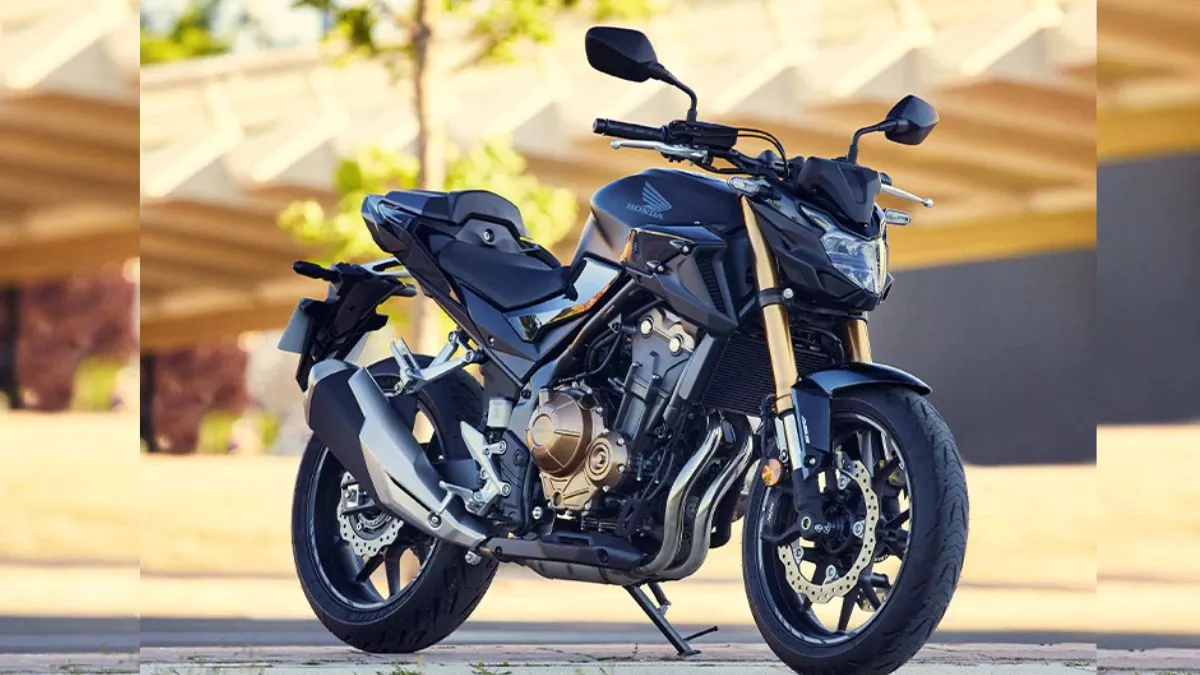
- Why Choose Bike Finance? Bike finance offers several compelling reasons to consider:
- Affordability: Instead of a lump-sum payment, you can distribute the bike’s cost into manageable monthly installments.
- Preservation of Savings: Opting for bike finance safeguards your savings for emergencies or alternative investments.
- Varied Bike Choices: Whether your heart desires a sports bike, cruiser, or scooter, bike finance allows you to choose without fretting over budget constraints.
- Flexible Terms: Bike finance extends flexible tenure and interest rate options, rendering it accessible to a broad spectrum of applicants.

Chapter 2: Types of Bike Loans
Bike loans come in various forms, each characterized by unique terms and conditions. Understanding these types will guide you in selecting a loan that aligns with your financial situation and requirements.
- Secured Bike Loans A secured bike loan is typically backed by collateral, often the bike itself. In the event of loan default, the lender possesses the right to repossess the bike. These loans commonly feature lower interest rates, rendering them a cost-effective choice.
- Unsecured Bike Loans Unsecured bike loans, conversely, don’t necessitate collateral but usually carry higher interest rates. Approval for these loans hinges on your creditworthiness and financial stability.
- New and Used Bike Loans Lenders extend loans for both new and used bikes. New bike loans often offer lower interest rates, while used bike loans cater to those seeking more budget-friendly alternatives.
Dealer Financing Some dealerships proffer their own financing options, providing convenience. Nevertheless, it’s prudent to compare these terms with those of conventional lenders to secure a favorable deal.
Chapter 3: Calculating Your Budget
Before embarking on your bike purchase or loan application, it’s imperative to establish your budget. An in-depth understanding of your financial capacities empowers you to make an informed decision regarding the loan amount and tenure that best suits you.
- Assess Your Income Evaluate your monthly income, comprising your salary, rental income, or any other sources of financial inflow.
- Evaluate Your Expenses Identify your monthly expenses, which may encompass rent or mortgage, utilities, groceries, transportation, and various bills.
- Calculate Your Disposable Income Your disposable income remains the residual amount after subtracting your expenses from your income. This is the sum you can allocate to cover your loan payments.
- Consider a Down Payment If you’ve amassed savings or can manage a down payment, it can significantly reduce the loan amount and subsequently lower your monthly installments.
- Use an Online Loan EMI Calculator Many lender websites feature online loan EMI (Equated Monthly Installment) calculators. Utilize these tools to obtain a preliminary estimate of your monthly payment, contingent on the loan amount, interest rate, and tenure.
Chapter 4: Shopping for Lenders
Arguably one of the most pivotal stages in the bike finance process is the selection of the appropriate lender. The importance of evaluating multiple lenders cannot be overstated; it is essential to locate the best deal.
- Banks and Credit Unions Traditional banks and credit unions are known for offering competitive interest rates and a diverse array of loan products. It’s advisable to explore options at institutions with which you already have a financial association.
- Online Lenders Online lenders, operating exclusively via the internet, present a convenient and easily accessible means of securing a bike loan. These digital lenders are lauded for their streamlined application process, often delivering pre-approval within minutes.
- Dealership Financing In cases where you are purchasing a bike from a dealership, they may present their own financing alternatives. While this route is convenient, it’s essential to compare the terms with those of other lenders to guarantee a favorable arrangement.
- Financial Institutions Beyond conventional banks and credit unions, several financial institutions extend specialized bike loans tailored for motorcycle acquisitions. These lenders often offer specific loan products crafted to accommodate your needs.
Chapter 5: The Application Process
With your budget established and a lender selected, the next step is to embark on the application process, and we’ll explore the steps to guide you through it.
- Gather Required Documents Lenders will request a variety of documents to facilitate the application process. Commonly, these documents include:
- Proof of identity (such as a driver’s license or passport)
- Proof of address (utility bills or rental agreement)
- Proof of income (comprising salary slips or bank statements)
- Bike details (often a quotation or pro forma invoice from the dealer) It’s vital to have these documents prepared before initiating the application.
- Submit Your Application Although the specific steps may vary across lenders, the application process typically encompasses the following stages:
- Completing the loan application form, often available online.
- Submitting the requisite documents as specified by the lender.
- Awaiting the lender’s decision, upon which approval will result in the receipt of a loan offer.
- Review the Loan Offer Carefully scrutinize the loan offer, paying particular attention to elements such as the interest rate, loan amount, tenure, and any associated fees. It is imperative to comprehend the terms and conditions.
- Accept the Loan Offer If the terms of the loan offer meet your satisfaction, proceed to accept it. This typically entails signing an agreement with the lender.
Chapter 6: Bike Insurance
Before you can revel in the experience of riding your newly financed bike, securing adequate insurance is of paramount importance. Bike insurance ensures coverage in the event of accidents, theft, or damage to your precious two-wheeler.
- Types of Bike Insurance Bike insurance chiefly comprises two categories:
- Third-Party Liability Insurance: This category covers damages to third parties in case of an accident but does not extend to damages to your own bike.
- Comprehensive Insurance: Comprehensive insurance provides coverage, encompassing damages to your bike as well as third-party liability.
- Choosing an Insurance Provider Shop around for bike insurance with the same diligence you applied to your bike loan hunt. Compare quotes from different insurance providers to ascertain the coverage most suitable for your needs.
- Fulfill Insurance Requirements Once you’ve made your selection of an insurance provider, ensure that you satisfy all of their prerequisites. This may include paying the premium and providing any necessary documents.
Chapter 7: Closing the Deal
Having successfully secured your bike loan and obtained insurance, you’re now poised to conclude the deal and set off on your newly financed bike.
- Conclude the loan process by addressing any outstanding paperwork and fulfilling formalities as required by your lender.
- If you’ve opted for a down payment, ensure its timely completion according to the agreed-upon terms between your lender and the seller.
- Collect Your Bike Once all requirements have been met, you may collect your bike from the seller or dealership.
- Sustain regular loan payments to ensure timely contributions, as any lapses can result in penalties and adverse effects on your credit score.
Frequently Asked Questions (FAQ)
- Is bike financing only for new motorcycles? No, bike financing is available for both new and used motorcycles. Lenders offer specific loan products for each category, allowing borrowers to choose based on their preferences and budget.
- Can I apply for bike financing with a low credit score? While a higher credit score increases the likelihood of approval and better terms, some lenders specialize in working with individuals with lower credit scores. It’s advisable to explore options and compare terms from multiple lenders.
- What documents are typically required for a bike loan application? Commonly required documents include proof of identity, proof of address, proof of income, and details about the bike you intend to purchase.
- Can I customize my loan tenure to suit my financial situation? Yes, many bike finance options offer flexibility in choosing the loan tenure. Longer tenures may result in lower monthly payments, but the total interest paid over the loan duration may be higher.
Conclusion
In conclusion, acquiring a bike through financing is a strategic and accessible way to fulfill your dream of owning a motorcycle. By understanding the intricacies of bike finance, calculating your budget, and carefully selecting a lender, you can navigate the process with confidence. Remember to prioritize obtaining the right insurance coverage to protect your investment. As you embark on this journey, follow the steps outlined in this guide to ensure a smooth and informed experience. Happy riding!

